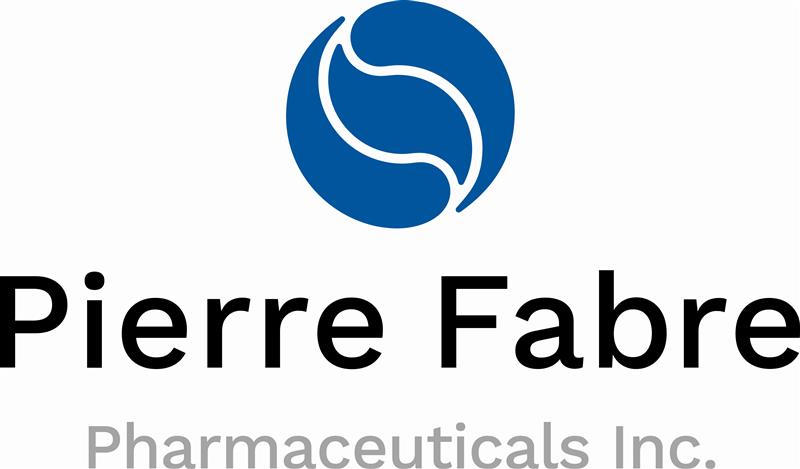Preliminary Efficacy of Injectable Glucagon-Like Peptide 1 Receptor Agonists (GLP1RA) in Reducing Liver Enzyme Elevation and Fibrosis in Adolescents with Obesity: A Case Series
Rachel Schenker1, Kayta Fomenko3, Fotini Mitsinikos1, Alaina P Vidmar2.
1Pediatric Gastroenterology, Hepatology, and Nutrition, Children's Hospital Los Angeles, LA, CA, United States; 2Pediatric Endocrinology, Children's Hospital Los Angeles, Los Angeles, CA, United States; 3Pediatrics, Children's Hospital Los Angeles, Los Angeles, CA, United States
Background: Obesity affects >14 million United States youth, 30-40% of whom have metabolic dysfunction-associated steatotic liver disease (MASLD). Glucagon-like peptide 1 receptor agonists (GLP1RA) demonstrate promise in treating obesity and improving liver enzyme elevation and fibrosis in adults, but little pediatric data exists.
Objective: We aimed to estimate changes in liver enzymes and liver fibrosis following GLP1RA initiation.
Methods: We conducted chart review of 521 youth seen in Endocrinology from January 2022 to January 2024 prescribed GLP1RA. Inclusion criteria were GLP1RA usage for >3 months, along with liver enzyme and complete blood count data before/after treatment. Exclusion criteria were diabetes, use of other weight management medications, and certain chronic conditions. Liver enzymes assessed were alanine aminotransferase (ALT) and aspartate aminotransferase (AST) and liver fibrosis was estimated using AST to Platelet Ratio Index (APRI). Paired t-tests compared baseline and post-treatment ALT, AST, and APRI.
Results: Six patients (mean age 17.2 years, BMI 47.9), all Latino and 67% male were included. Baseline mean ALT, AST, and APRI were 93.3 IU/L, 56.5 IU/L, and 0.36, respectively. After GLP1RA treatment, mean ALT, AST, and APRI decreased to 62.7 IU/L, 40.2 IU/L, and 0.27, respectively. Although no significant differences were observed (ALT: t=2.38, p=0.06; AST: t=2.00, p=0.10; APRI: t=1.81, p=0.13), trends suggest clinically meaningful improvement.
Conclusion: Observed reductions in ALT, AST, and APRI suggest GLP1RA may improve liver enzymes and fibrosis in youth with obesity. Larger, diverse studies are needed to establish the role of GLP1RA in pediatric liver disease management.
The WebApp is sponsored by:

If you have any questions during the meeting, please go to the registration desk. Our emails will be monitored sporadically.
REGISTRATION DESK OPENING TIMES
Thursday, May 1, 2025, 07:00-17:30 Friday, May 2, 2025, 07:00-12:00